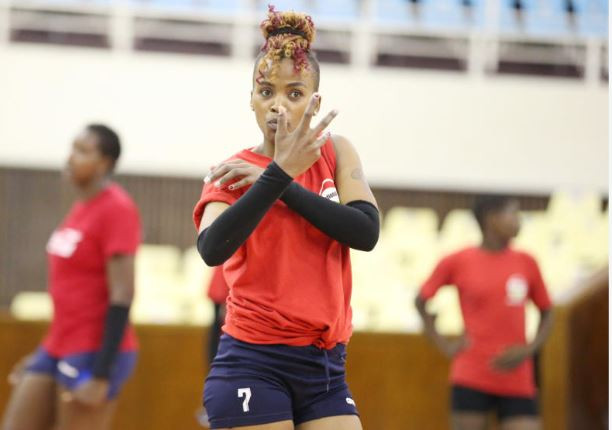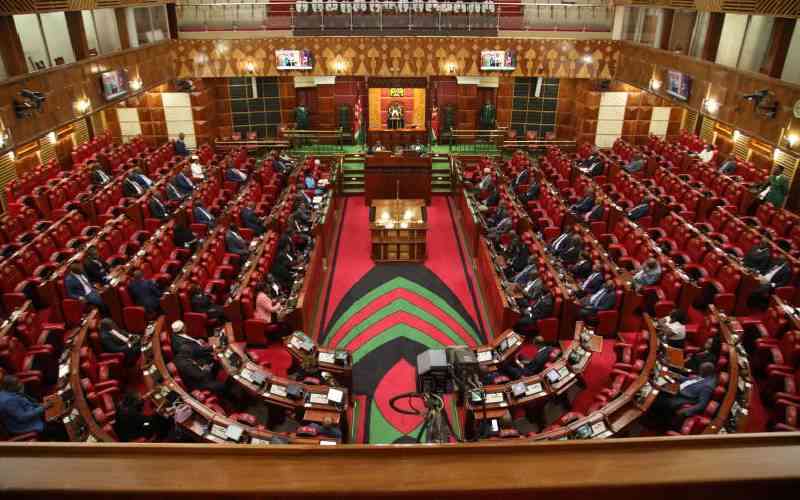By G Kiongo
Kenya: Anyone who owns a mobile phone in Kenya has at one point dealt with network issues — scrambled voices, intermittent or slow data connections, and calls breaking up or dropping completely.
There was a time this was more common in remote areas, but as the subscriber base grows, the problem has reared its ugly head in major towns, too.
Despite the costs and frustration these network issues expose us to, most of us opt to accept them and move on.
But with the situation has becoming synonymous with mobile phones these days, the devices are fast losing their functionality as ubiquitous connection devices.
Free from shackles
The good news is that operators are finally in a position to free themselves from the shackles that seem to have stopped them improving their networks. It is no wonder Safaricom, Kenya’s largest telcom, is willing to shell out billions for recently defunct yuMobile’s infrastructure.
Considering that for most Kenyans, mobile networks are the end all and be all as regards connectivity — be it connecting your phone, tablet or even laptop to the Internet — poor network signals have been a pain, to put it mildly.
It’s great that the telcos are starting to do something about it, but if you’re not willing to wait for something that may not reach your level of expectation, there is a solution.
This is about to get a bit technical, but stay with me — it won’t last too long.
By definition, a cellular network is a radio network distributed over land through cells, where each cell includes a fixed location transceiver known as a base station.
Dropped calls or slow data rates are generally caused by one’s distance from a base station, or natural and man-made obstructions such as buildings and hills.
These two factors weaken the strength of the signal from your cellular device to the base station.
So, to improve cellular connection signals, a combination of a bi-directional antenna and a signal booster, also known as a cellular repeater, works like a charm.
This system works in two steps. First, the antennae collects weak or distant signals and sends them to the signal booster, which then transmits a strong signal to your cellular device.
Stay informed. Subscribe to our newsletter
The second step is transmitting the signal back to the cell tower or base station. This is usually the weakest part of a cellular device’s function, but it can be greatly improved by using a bi-directional signal booster.
A basic network-boosting system typically includes an outside antenna that can be perched on a roof, a signal booster and an internal antennae that is placed inside the house.
For the longest time these network signal amplifiers have been largely unavailable to Kenyans, save for the lucky few willing and able to import them.
Closer home
But these days, we have several local IT startups that provide these products, with some offering to come to your house to install the system.
ACS Kenya and NetBoost are two examples, and they are currently offering 3G signal boosters that are particularly useful for people who use a lot of data. They also have 2G boosters that improve voice connectivity.
Both these solutions are domestic set ups and are installed much like the satellite dish TV installations that a company like Multichoice does for its DStv service.
So the next time you crouch in that corner of your house or perch on a tree to get a better signal, remember there do exist less stressful alternatives.
The writer is a tech enthusiast. Email questions or comments: [email protected]
 The Standard Group Plc is a
multi-media organization with investments in media platforms spanning newspaper
print operations, television, radio broadcasting, digital and online services. The
Standard Group is recognized as a leading multi-media house in Kenya with a key
influence in matters of national and international interest.
The Standard Group Plc is a
multi-media organization with investments in media platforms spanning newspaper
print operations, television, radio broadcasting, digital and online services. The
Standard Group is recognized as a leading multi-media house in Kenya with a key
influence in matters of national and international interest.
 The Standard Group Plc is a
multi-media organization with investments in media platforms spanning newspaper
print operations, television, radio broadcasting, digital and online services. The
Standard Group is recognized as a leading multi-media house in Kenya with a key
influence in matters of national and international interest.
The Standard Group Plc is a
multi-media organization with investments in media platforms spanning newspaper
print operations, television, radio broadcasting, digital and online services. The
Standard Group is recognized as a leading multi-media house in Kenya with a key
influence in matters of national and international interest.






